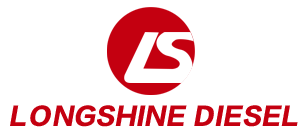Top Signs Your Cummins Injector Parts in PT Fuel System Need Replacement
Cummins engines are well-known for their performance and durability however, as with every mechanical system components, they can become worn-out over time. The most important elements of an Cummins engine’s is its PT (Pressure-Time) fueling system. It depends on injector components that function properly to efficiently deliver fuel.
If you’re Cummins injectors aren’t working properly this can result in low engine performance, an increase in fuel consumption, or extreme damage to your engine. This article will discuss the most common indicators that suggest that your Cummins injector components need to be replaced as well as the underlying causes for the failure of your injector, and what you can do to replace them.
What is Cummins Injector Parts

Cummins injector parts are crucial parts of the PT (Pressure-Time) fuel system, which is a distinctive design that regulates the flow of fuel according to the pressure (P) as well as timing (T). Contrary to common unit or rail injector systems that use unit injectors, the PT system is based on exact injector performance to measure and atomize fuel to facilitate combustion.
The components work in conjunction to guarantee:
- A precise fuel delivery with the correct pressure and timing.
- Proper atomization of the fuel for total combustion.
- The best performance of the engine, efficiency of fuel and emissions control.
What Are the Common Types of Cummins Injector Parts
Cummins fuel injectors are precisely-engineered components designed to deliver fuel into combustion chambers at precisely the right moment, as specified. Multiple parts collaborate seamlessly for optimal performance – below are some of the more popular Cummins injector components:
1. Oil Cup
The oil cup is a small reservoir that stores lubricating oil to reduce friction between moving injector components and prolong their lifespan by preventing excessive wear. It ensures smooth operation while protecting them from excessive wear.
2. Orifice Plug
The orifice plug regulates fuel flow into the injector nozzle. It features precisely-drilled holes that control pressure and atomization to promote efficient combustion; any obstruction to this process could lead to reduced engine performance and higher emissions. A clogged or damaged orifice plug could have serious repercussions for engine performance as well as emissions emissions.
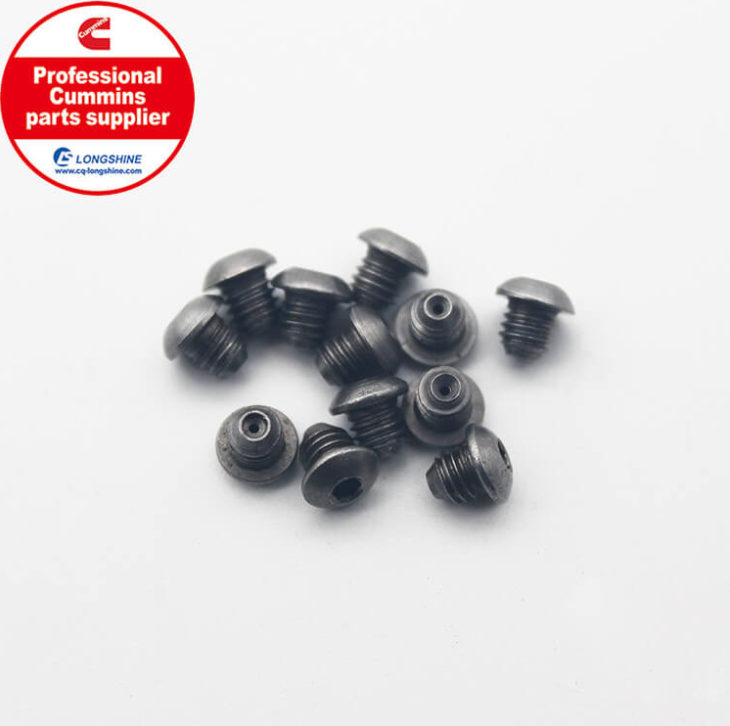
3. Injector Cup
The injector cup, also referred to as the nozzle holder, houses the injector nozzle and ensures proper sealing between it and the cylinder head, thus protecting fuel and combustion gases from escaping, thus maintaining optimal pressure levels and spray patterns.
4. Injector Spring
The injector spring controls the opening and closing of an injector nozzle by providing tension that keeps it closed until fuel pressure reaches a predetermined threshold for injection. A weak or broken spring could result in fuel leakage or improper injection timing.
5. Injector Plunger Link
An injector plunger link connects the plunger of an injector with its actuation mechanism, and transfers motion from the camshaft or electronic control unit (ECU) directly to it, ensuring precise fuel delivery.
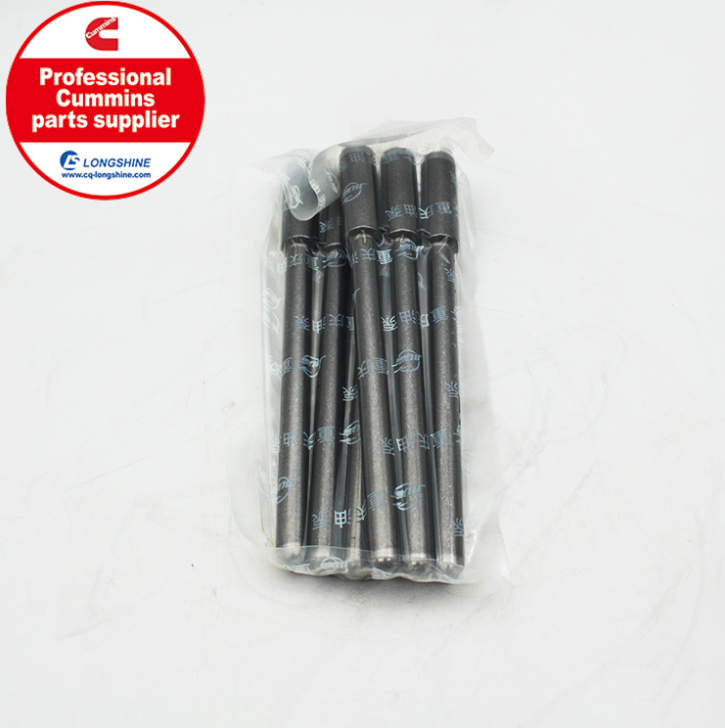
6. Barrel and Plunger
The barrel and plunger are essential high-pressure components that work together to pressurize fuel for injection.
The plunger moves back and forth within the barrel to generate pressure that forces fuel through its nozzle.
Damaged barrel and plunger assemblies can lead to low fuel pressure, misfires, and decreased engine efficiency.
Signs Your Cummins Injector Parts Need Replacement
Be aware of early warning indications of malfunctioning Cummins injector components can save you from expensive repairs and engine damage. Here are five important indicators that indicate your injector parts within your PT fuel system require replacement:
1. Significant Drop in Fuel Efficiency
One of the early and most evident indicators of a failed injector is a sudden decline in the efficiency of fuel. When injector nozzles are blocked or don’t efficiently atomize fuel it can cause the engine to not efficiently burn fuel which can result in a high consumption of fuel. You could find yourself refilling your tank more often, even if your habits of driving haven’t changed. A poor fuel efficiency can greatly affect operating costs, particularly for applications that require a lot of the efficiency of fuel is crucial.
2. Excessive Exhaust Smoke and Unusual Color
The color and amount of exhaust smoke can reveal a lot about your injector health:
- Black smoke – Indicates that too much fuel is being injected and not burning completely, leading to unburnt carbon emissions.
- White smoke – Suggests that fuel is not burning properly, often due to a leaking or stuck injector that continuously dribbles fuel into the combustion chamber.
- Blue smoke – Points to oil contamination in the fuel, possibly caused by injector seal failure, which allows oil to mix with fuel during injection.
If you notice thick or discolored smoke, it’s crucial to inspect your injectors immediately to prevent further engine damage.
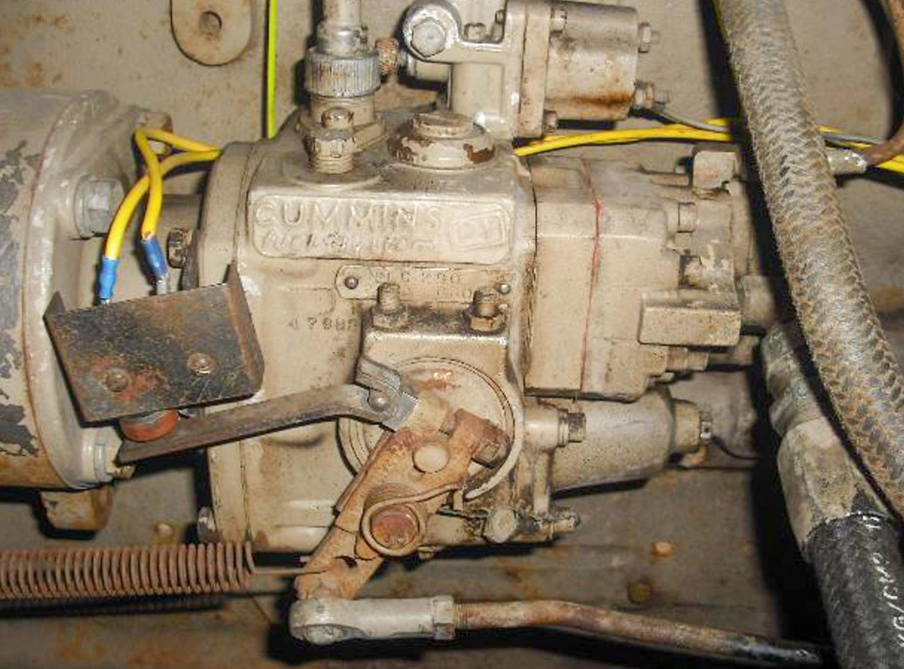
3. Engine Misfires, Rough Idling, and Power Loss
An injector that is not working properly can result in irregular fuel delivery, which can lead to engine fires that are not properly ignited as well as rough idle and an apparent loss of power. If an injector has become blocked or leaks, the fuel-air mixture in the cylinder gets unbalanced, leading to inconsistent combustion. It is possible to experience symptoms like:
- Sputtering or engine hesitation as you accelerate.
- Shaking or vibrating when idle.
- The difficulty of starting the engine particularly during colder conditions.
Unaddressed, repeated misfires can cause damage to internal engine components such as valves and pistons, which can lead to costly repairs.
4. Engine Knocking and Rough Acceleration
If your engine makes loud noises or has trouble with smooth acceleration, damaged or damaged injector parts may be at fault. If the fuel isn’t being in the correct amount or time, combustion can become unpredictable, causing noises that ping or knock. This issue is especially risky since it could cause the strain on the engine possibly causing:
- Wear prematurely on bearings and pistons.
- Risk of overheating increases.
- The overall reduction in engine life expectancy.
If you hear sounds of knocking it is recommended to identify the problem immediately, prior to it causing a serious mechanical problems.
5. Overheating and Higher Engine Temperature
Injectors that are defective can result in an imbalanced ratio of air-fuel which can lead to an inefficient combustion process and excessive heat production. Overheated engines can cause:
- More wear on engine parts.
- Ineffective lubrication that can lead to damage due to friction.
- The possibility of a head gasket failing This is a costly repair.
When your gauge for temperature has been being higher than usual check your engine’s fuel systems, particularly injectors, to prevent serious engine damage.
What Causes Cummins PT Fuel Injector Failure?
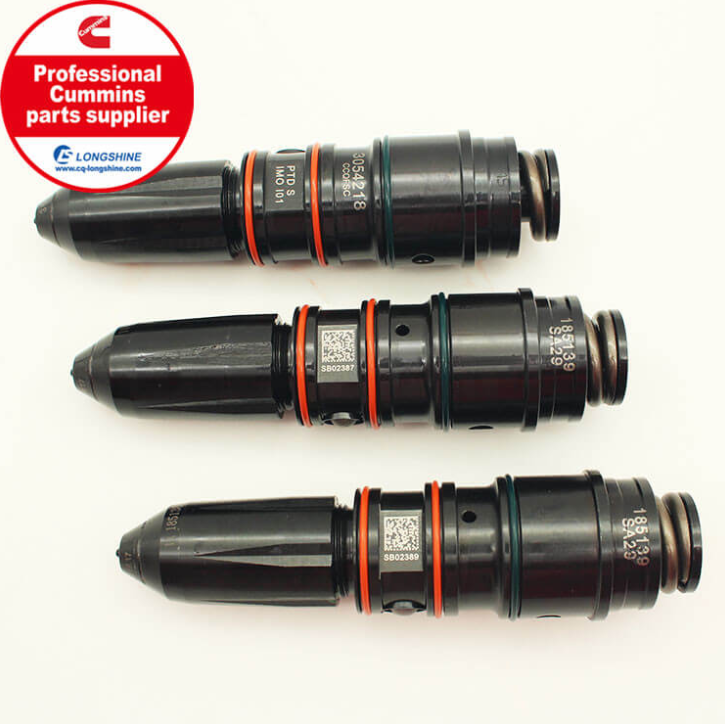
Cummins injector malfunctions may be caused by a variety of factors and is often caused by improper maintenance or problems with the fuel system. One of the most common reasons is fuel contamination, in which water, dirt, or other debris gets into the engine, causing blocked nozzles and decreased performance of the injector. As time passes, normal wear and tear can also contribute to the degradation of the injector, since the constant high-pressure operation wears down parts like plungers, seals, nozzles, and so on.
Another issue that is common is high fuel pressure, which could affect the injectors and cause cracks, leaks, or even erratic delivery of fuel. In addition, the buildup of carbon inside the injector nozzles could alter the pattern of spray and cause inefficient combustion as well as engine issues. Inadequate maintenance, for example, not ensuring regular changes to the fuel filter or not using premium fuel, also accelerates the wear of the injectors.
To avoid premature failure, regular maintenance of the fuel system, using clean fuel and replacing worn parts quickly are vital to keep your Cummins engine operating smoothly.
How to Replace Your Cummins Injector Parts
Replacing Cummins injector components is a complex procedure that requires precision as well as the correct components. Take these measures to make sure you get a flawless replacement
- Choose a trusted supplier: Make sure to purchase injector parts from a trusted source in order to guarantee compatibility, high-quality, and long-lasting performance. Incorrect or cheap parts could cause premature failure and engine damage.
- Shut off the Engine and allow it to cool down: Beware of burns or injuries by ensuring that the engine is fully cool before beginning work.
- Connect the fuel supply: Release the fuel pressure and then carefully disconnect the fuel lines to avoid leaks.
- Take out the old injectors: Remove the screw and remove the defective injectors, making sure not to release dirt into the system.
- Install the new injectors: Install the new injectors making sure they are aligned properly and secure installation of O-rings and seals.
- Connect the Fuel Lines and Test: The engine should be started and checked for leaks, and then monitored the performance to confirm that the installation is correct.
Using high-quality parts and following these steps will improve engine performance and endurance.
Final Thoughts
Faulty Cummins injector parts in the PT fuel system can lead to poor engine performance, increased emissions, and costly repairs. If you notice reduced fuel efficiency, excessive smoke, misfires, or knocking, it’s time to inspect and replace worn injector components.
Need replacement parts? Stick with trusted brands like Longshine for the products’ reliable performance.
